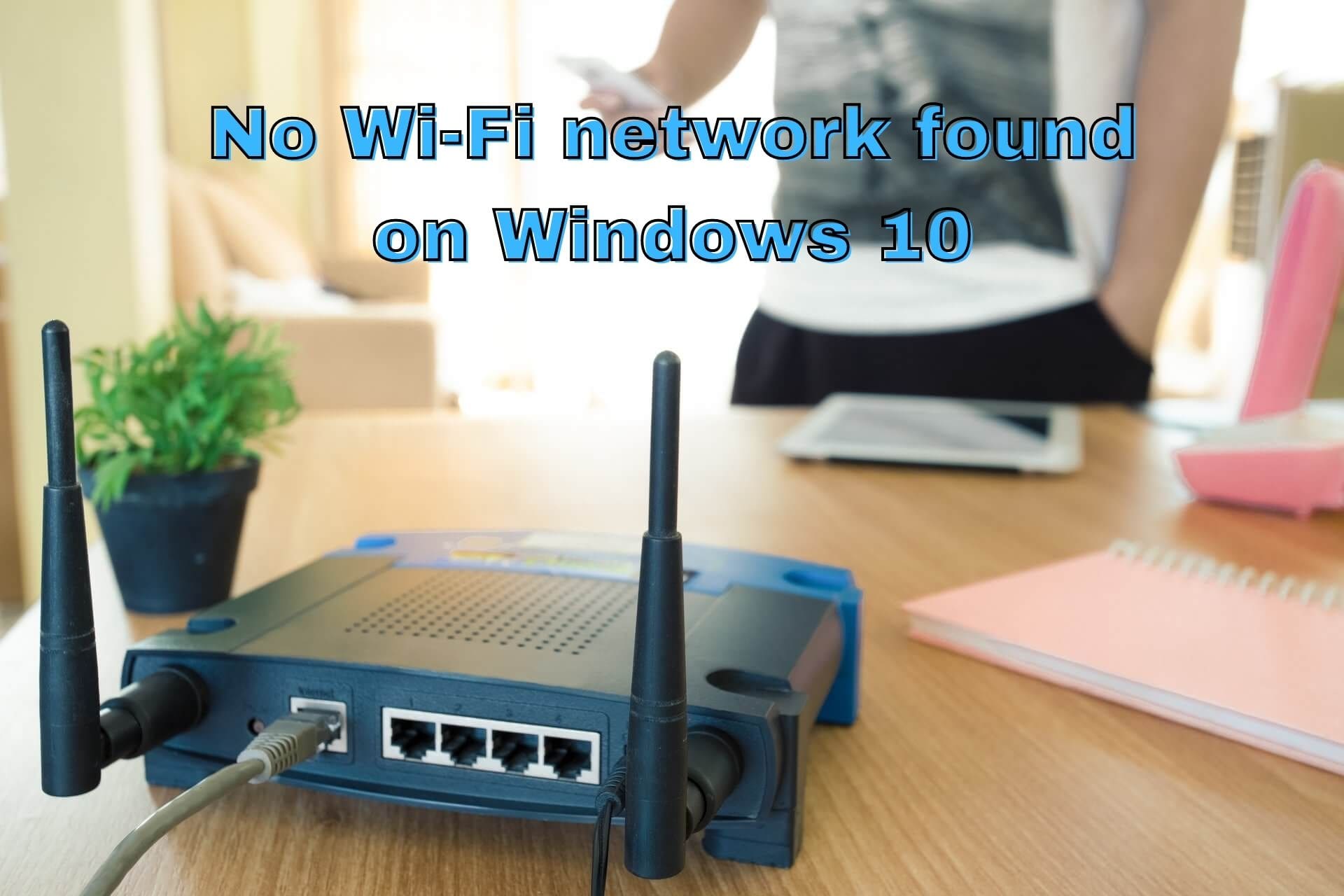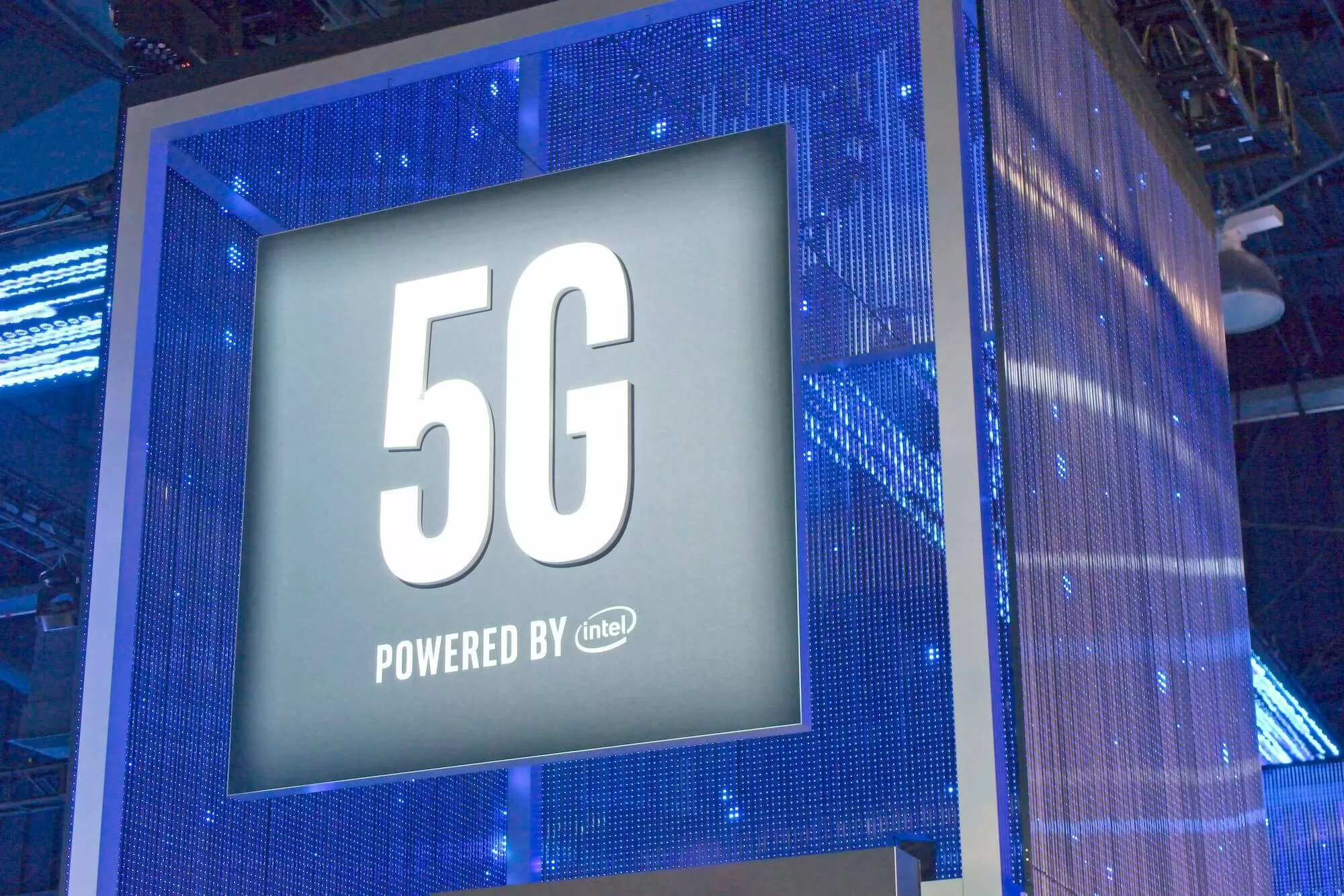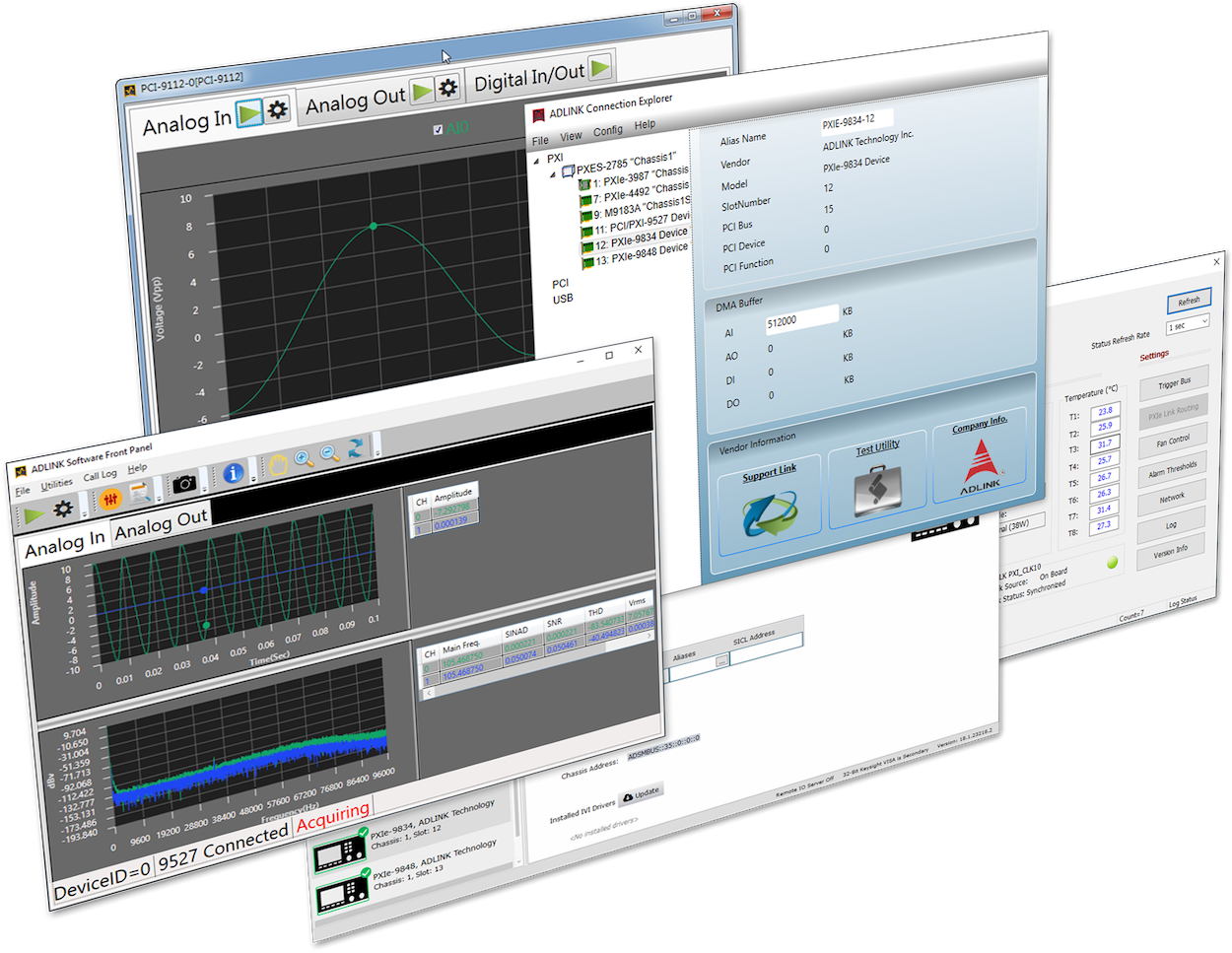- Drivers Microsoft Modems Vs
- Drivers Microsoft Modems Wireless
- Drivers Microsoft Modems App
- Drivers Microsoft Modems Compatible
- Once I expanded it I run it (C: DRIVERS WIN WWANSR Driver MC5720AC.msi twice. The first time it created a bunch of serial ports and other devices. The second time I ran it those disappear and the Sierra modem appeared in the device manager. I am not sure why I had to run it twice, but that is what worked for me.
- Download Microsoft Surface 3 Firmware and Drivers For Windows 10 August 2017. OS support: Windows 10. Category: System Updates.
In Internet Explorer, click Tools, and then click Internet Options. Adlink usbdaq u7250 driver. On the Security tab, click the Trusted Sites icon. Click Sites and then add these website addresses one at a time to the list: You can only add one address at a time and you must click Add after each one.
See a list of known issues that have been resolved for Windows 10, version 2004 and Windows Server, version 2004 over the last six months. Looking for a specific issue? Conexant's btpci wdm video capture driver download windows 7. Press CTRL + F (or Command + F if you are using a Mac) and enter your search term(s) to search the page.
Resolved issues
| Summary | Originating update | Status | Date resolved |
|---|---|---|---|
| Some games might fail to open, or you might receive an error You might have issues with some Direct3D games when using in-game overlay feature of Discord. | OS Build 19041.1000 KB4598291 2021-02-02 | Resolved External | 2021-02-08 19:16 PT |
| Stop error when plugging in a Thunderbolt NVMe SSD Devices using Thunderbolt SSDs may receive a stop error 'DRIVER_VERIFIER_DMA_VIOLATION (e6)' when plugging an SSD in. | OS Build 19041.488 KB4571744 2020-09-03 | Resolved KB4586853 | 2020-11-30 14:00 PT |
| Issues when using Microsoft IME for Japanese or Chinese languages Users of the Microsoft IME for Japanese or Chinese languages might have issues. | N/A | Resolved KB4586853 | 2020-11-30 14:00 PT |
| Domain controllers in your enterprise might encounter Kerberos authentication issues Authentication and renewal issues for Kerberos ticket after installing updates released November 10, 2020. | OS Build 19041.630 KB4586781 2020-11-10 | Resolved KB4594440 | 2020-11-19 10:00 PT |
| Certificates may not be present after updating to a newer version of Windows 10 Devices in a managed environment using update management tools or ISO images might lose certificates when updating. | OS Build 19041.546 KB4577063 2020-10-01 | Resolved | 2020-11-17 14:11 PT |
| When installing incorrectly formatted third-party drivers, you might receive an error You might receive, “Windows can’t verify the publisher of this driver software” or other errors. | OS Build 19041.572 KB4579311 2020-10-13 | Resolved | 2020-10-20 10:06 PT |
| Certain WWAN LTE modems might not be able to connect after waking from sleep Affected WWAN LTE modems might show no internet and be unable to connect. | N/A | Resolved KB4577063 | 2020-10-01 10:00 PT |
| Dragging with the mouse in some apps might cause issues for some IME users Users of the Microsoft IME for Chinese and Japanese might receive an error or the app might stop responding or close. | N/A | Resolved KB4571744 | 2020-09-03 14:00 PT |
Issue details
February 2021

Some games might fail to open, or you might receive an error | ||
| Status | Originating update | History |
| Resolved External | OS Build 19041.1000 KB4598291 2021-02-02 | Last updated: 2021-02-08, 07:16 PT Opened: 2021-02-08, 06:29 PT |
Microsoft and Discord have found incompatibility issues with some games using Direct3D 12 when the in-game overlay feature of Discord is enabled. When attempting to open affected games you might receive an error, or the game might close silently. Affected platforms:
Workaround: To mitigate this issue, you can turn off the in-game overlay in settings within the Discord app. Resolution: This issue is now resolved in an update to the Discord app. To verify you're on the latest version, right click on the Discord icon in the notification area and select 'Check for updates..'. If there are updates to install, it should install automatically but you might need to select the arrow icon in the upper right corner of the app to install the updated version. There is no update for Windows needed to resolve this issue. | ||
November 2020
Stop error when plugging in a Thunderbolt NVMe SSD | ||
| Status | Originating update | History |
| Resolved KB4586853 | OS Build 19041.488 KB4571744 2020-09-03 | Resolved: 2020-11-30, 02:00 PT Opened: 2020-11-05, 07:01 PT |
An incompatibility issue has been found with Windows 10, version 2004 or Windows 10, version 20H2 when using an Thunderbolt NVMe Solid State Disk (SSD). On affected devices, when plugging in a Thunderbolt NVMe SSD you might receive a stop error with a blue screen and 'DRIVER_VERIFIER_DMA_VIOLATION (e6) An illegal DMA operation was attempted by a driver being verified.' Affected Windows 10 devices will have at least one Thunderbolt port and any currently available version of the driver file stornvme.sys. To safeguard your update experience, we have applied a compatibility hold on Windows 10 devices with affected drivers from being offered Windows 10, version 2004 or Windows 10, version 20H2. If your organization is using Update Compliance, the safeguard IDs is 29991611. Affected platforms:
Resolution: This issue was resolved in KB4586853 and the safeguard hold has been removed as of December 11, 2020. Please note, if there are no other safeguards that affect your device, it can take up to 48 hours before the update to Windows 10, version 20H2 or Windows 10, version 2004 is offered. | ||

Domain controllers in your enterprise might encounter Kerberos authentication issues | ||
| Status | Originating update | History |
| Resolved KB4594440 | OS Build 19041.630 KB4586781 2020-11-10 | Resolved: 2020-11-19, 10:00 PT Opened: 2020-11-14, 01:39 PT |
After installing KB4586781 on domain controllers (DCs) and read-only domain controllers (RODCs) in your environment, you might encounter Kerberos authentication issues. This is caused by an issue in how CVE-2020-17049 was addressed in these updates. As noted in CVE-2020-17049, there are three registry setting values for PerformTicketSignature to control it, but in the current implementation you might encounter different issues with each setting:
Note This issue only affects Windows Servers, Windows 10 devices and applications in enterprise environments. Affected platforms:
Resolution: This issue was resolved in the out-of-band update KB4594440. It is a cumulative update, so you do not need to apply any previous update before installing it. To get the standalone package for KB4594440, search for it in the Microsoft Update Catalog. You can import this update into Windows Server Update Services (WSUS) manually. See the Microsoft Update Catalog for instructions. Note KB4594440 is not available from Windows Update and will not install automatically. | ||
October 2020
Certificates may not be present after updating to a newer version of Windows 10 | ||
| Status | Originating update | History |
| Resolved | OS Build 19041.546 KB4577063 2020-10-01 | Resolved: 2020-11-17, 02:11 PT Opened: 2020-10-30, 05:16 PT |
System and user certificates might be lost when updating a device from Windows 10, version 1809 or later to a later version of Windows 10. Devices will only be impacted if they have already installed any Latest cumulative update (LCU) released September 16, 2020 or later and then proceed to update to a later version of Windows 10 from media or an installation source which does not have an LCU released October 13, 2020 or later integrated. This primarily happens when managed devices are updated using outdated bundles or media through an update management tool such as Windows Server Update Services (WSUS) or Microsoft Endpoint Configuration Manager. This might also happen when using outdated physical media or ISO images that do not have the latest updates integrated. Note Devices using Windows Update for Business or that connect directly to Windows Update are not impacted. Any device connecting to Windows Update should always receive the latest versions of the feature update, including the latest LCU, without any extra steps. Workaround: If you have already encountered this issue on your device, you can mitigate it within the uninstall window by going back to your previous version of Windows using the instructions here. The uninstall window might be 10 or 30 days depending on the configuration of your environment and the version you’re updating to. You will then need to update to the later version of Windows 10 after the issue is resolved in your environment. Note Within the uninstall window, you can increase the number of days you have to go back to your previous version of Windows 10 by using the DISM command /Set-OSUninstallWindow. You must make this change before the default uninstall window has lapsed. For more information, see DISM operating system uninstall command-line options. Affected platforms:
Resolution: This issue is now resolved when using the latest feature update bundles and refreshed media. Feature update bundles were released November 9, 2020 for Windows Server Update Services (WSUS) and Microsoft Endpoint Configuration Manager. Refreshed media was released November 3, 2020 on Volume Licensing Service Center (VLSC) and Visual Studio Subscriptions (VSS, formerly MSDN Subscriptions). For information on verifying you're using the refreshed media, see How to address feature update refreshes in your environment. If you are using or creating custom media, you will need to include an update released October 13, 2020 or later. Note If you are updating to Windows 10, version 20H2, this is only resolved with the feature update bundle released November 9, 2020. Refreshed media is not yet available on VLSC or VSS. Refreshed media for VLSC and VSS will be released in the coming weeks to address this issue and another known issue that requires a media refresh. Please check the known issue here for the status of the remaining Windows 10, version 20H2 known issue. | ||
When installing incorrectly formatted third-party drivers, you might receive an error | ||
| Status | Originating update | History |
| Resolved | OS Build 19041.572 KB4579311 2020-10-13 | Resolved: 2020-10-20, 10:06 PT Opened: 2020-10-13, 09:37 PT |
When installing a third-party driver, you might receive the error, “Windows can’t verify the publisher of this driver software”. You may also see the error “No signature was present in the subject” when attempting to view the signature properties using Windows Explorer. This issue occurs when one or more of the following is present in a driver package:
Affected platforms:
Next steps: If this happens you should contact the driver vendor or device manufacturer (OEM) and ask them for an updated driver to correct the issue. | ||
August 2020
Issues when using Microsoft IME for Japanese or Chinese languages | ||
| Status | Originating update | History |
| Resolved KB4586853 | N/A | Resolved: 2020-11-30, 02:00 PT Opened: 2020-08-31, 12:12 PT |
Users of the Microsoft IME for Japanese or Chinese languages might experience issues when attempting various tasks. Input may have issues, you may receive unexpected results or you may be unable to enter text. For a list of specific issues, see KB4564002. Affected platforms:
Resolution: All IME issues listed in KB4564002 were resolved in KB4586853. | ||
Drivers Microsoft Modems Vs
Certain WWAN LTE modems might not be able to connect after waking from sleep | ||
| Status | Originating update | History |
| Resolved KB4577063 | N/A | Resolved: 2020-10-01, 10:00 PT Opened: 2020-08-31, 11:42 PT |
After waking from sleep or hibernation, certain WWAN LTE modems might show no internet in the Network Connectivity Status Indicator (NCSI) in the notification area and might be unable to connect to the internet. To safeguard your update experience, we have applied a compatibility hold on Windows 10 devices with affected WWAN LTE modems drivers installed from being offered Windows 10, version 2004 until the issue has been resolved. If your organization is using Update Compliance, the safeguard ID is 28428232. Workaround: To mitigate this issue if you are already on Windows 10, version 2004, you can enable then disable Airplane mode. To do this, you can select the Start button, type airplane mode and select it. In the settings dialog, toggle Airplane mode on then off again. You should now be able to connect as expected. Affected platforms:
Resolution: This issue was resolved in KB4577063 and the safeguard hold has been removed as of October 15, 2020. Please note, if there are no other safeguards that affect your device, it can take up to 48 hours before the update to Windows 10, version 2004 is offered. | ||

Drivers Microsoft Modems Wireless
July 2020
Drivers Microsoft Modems App
Dragging with the mouse in some apps might cause issues for some IME users | ||
| Status | Originating update | History |
| Resolved KB4571744 | N/A | Resolved: 2020-09-03, 02:00 PT Opened: 2020-07-14, 09:06 PT |
Users of the Microsoft IME for Chinese and Japanese in some apps such as Microsoft Excel, might receive an error or the app might stop responding or close when attempting to drag with the mouse. Affected platforms:
Resolution: This issue was resolved in KB4571744. If you are experiencing other IME issues, please see KB4564002 for information on symptoms, workaround steps and currently resolved issues. | ||
Drivers Microsoft Modems Compatible

